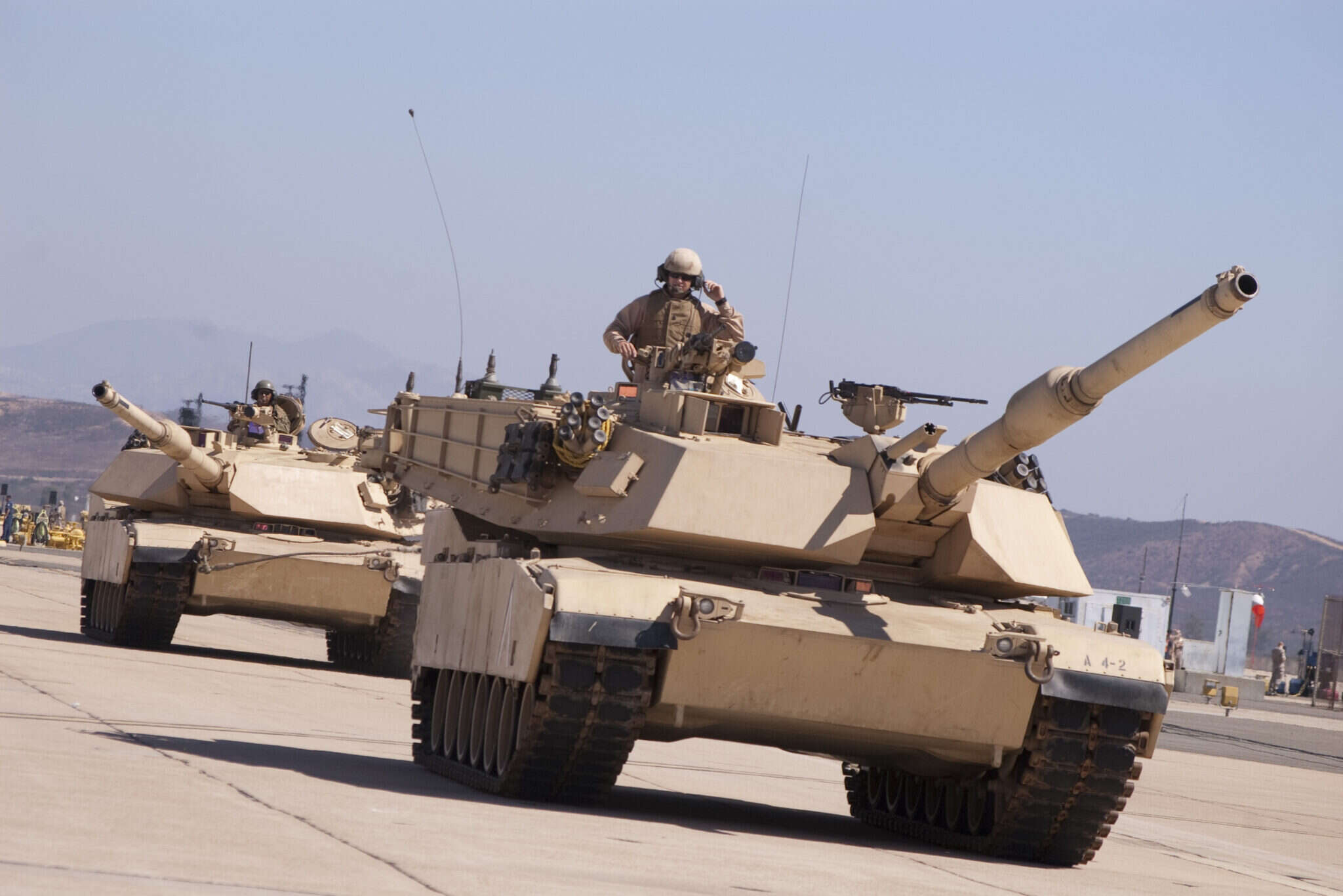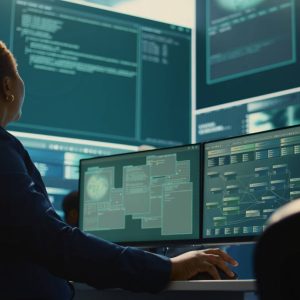
As warfare increasingly focuses to the digital battlefield, ten emerging technologies have been identified that could help Western security forces repel so-called grey zone attacks.
The growing threat posed by grey zone or hybrid conflict – where attacks are carried out by exploiting IT vulnerabilities and other non-traditional battle routes, rather than open warfare – means defence and security agencies should be rethinking their approach and looking to rapidly deploy emerging technologies, according to a new report.
The Confidence in Chaos report from defence and security company firm QinetiQ, charts the shift from traditional open warfare to grey zone or sub-threshold tactics employed by both state and non-state adversaries and highlights the central role that technology plays in both enabling grey zone attacks and defending against them.
Read More: NATO is Hiring its First CIO
High-profile attacks targeting events such as elections have become commonplace in recent years, and earlier this month Australian defence minister Linda Reynolds revealed the extent to which the line between war and peace has become “blurred”, stating that he country is under constant cyber attack.
“We’re now facing an environment where cyber-enabled activities have the potential to drive disinformation, and also directly support interference in our economy, interference in our political system, and also in what we see as critical infrastructure,” she said.
“This type of activity really does blur what we previously understood to be peace and war, which is what we call that grey zone in between.”
The Keyboard is Mightier Than the Bullet

Mike Sewart is group CTO at QinetiQ, and told Computer Business Review: “Defence has traditionally been characterized by military might; how many tanks have you got? How many submarines? How many ships? That physical presence is the deterrent for the enemy.
“Now, in the hybrid combat situation, you don’t need those physical capital assets to have a significant impact on the enemy. A couple of keystrokes can be more devastating than a bullet.
“The changing dynamic in technology which is given rise to more technology being accessible by a wider range of people and in the hands of the bad guys, then that’s not a good position to be in. I think the West has to now recognize that the threat envelope has changed quite considerably.
“Classic warfare strategies are still valid because we’re in this hybrid world. But we have to also consider that a weaponized software is a is a key enabler for the enemy right now, and have to plan accordingly.”
Ten Technologies to Stop Grey Zone Attacks
The report breaks grey zone attacks down into five categories:
- Deniable attacks: A cyber attack on utilities or drones attacking an airport
- Information attacks: Foreign election interference or false text message/email scames
- User of proxy force: Terrorist attacks on cities or infrastructure
- Economic coercion: An adversary purchasing and disabling a piece of infrastructure such as an oil refinery
- Territorial encroachment: Seizing a fishing lane or sovereign territory
It also describes 10 technology areas that QinetiQ sees as being crucial to helping the West counter grey zone tactics.
 Mike says: “Grey zone tactics are today’s reality and the West and its allies have no option but to adapt. Emerging and existing technologies hold the key to achieving competitive advantage when countering grey zone attacks. Simply doing what we’ve always done is neither recommended nor possible. Instead, we must embrace a more scientific and technology-focused approach to defence and security.”
Mike says: “Grey zone tactics are today’s reality and the West and its allies have no option but to adapt. Emerging and existing technologies hold the key to achieving competitive advantage when countering grey zone attacks. Simply doing what we’ve always done is neither recommended nor possible. Instead, we must embrace a more scientific and technology-focused approach to defence and security.”
The technologies highlighted in the report are:
- AI, analytics and advanced computing – By drawing and fusing data from multiple sources, AI can deduce enemy locations and even model predicted behaviours to reduce the covert nature of enemy attacks.
- Cyber and electromagnetic activities – The cyber domain is a vital front in grey zone competition, with a lot of experts debating the topic. Less discussed is the vulnerability of the electromagnetic spectrum.
- Novel weapons, systems and effects – there are a wide range of alternatives to kinetic weapons, but in the context of the grey zone, directed energy is the most relevant. It can achieve conventional mission objectives covertly and deniably. For example, a ship could expend millions of dollars’ worth of munitions defending against a swarm of cheap, explosive-laden quadcopters, or a small fleet of rigid inflatable boats. Alternatively, a laser weapon could neutralise them at what is reported to be the cost of a dollar per shot.
- Power sources, energy storage and distribution – Some scenarios require highly specialised energy storage and power delivery systems, as opposed to relying on grid energy.
- Robotics and autonomous systems (RAS) – in the grey zone, RAS could harness the collective power of multiple systems to provide more granular situational awareness, as well as helping to expand a user’s sphere of influence.
- Secure communications and navigation – Communication lies at the heart of all grey zone operations. Moving information around is fundamental to building an intelligence on which to base strategic decision-making.
- Sensing, processing and data fusion – The key to grey zone advantage is awareness. Advances in sensor technology are creating new opportunities to gather that data from the physical world
- Advanced materials and manufacturing – The grey zone’s rapidly shifting nature means new capabilities must often be fast-tracked into service in response to emerging and evolving threats. The ability to manufacture quickly and at scale is therefore crucial to securing the advantage over adversaries.
- Human protection and performance – New capabilities cannot be introduced safely or effectively without first understanding how humans may interact with them. Unexpected human responses can undermine the advantages of technology. All new technologies and procedures should therefore be developed with the human in mind and tested in live exercises to expose hidden risks. Understanding how people respond to things like disinformation campaigns gives clues as to how best to protect against them
- Platform and system design and assessment – Below the threshold of war, the primary role of large platforms like warships and tanks is to act as a deterrent against military aggression. By moving away from long life systems which are typically harder to adapt, to a modular approach that enables core capabilities to be augmented, while preserving essential functions, will deliver much greater value for money.
Mike concludes:“With defence spending around the world coming under increasing public and government scrutiny, we are at cross-roads in how we evolve our defence and security infrastructure to be fit for purpose. The traditional supremacy of allied forces in conventional military conflicts currently doesn’t extend to grey zone tactics, so a new approach needs to be readily considered and deployed”.






